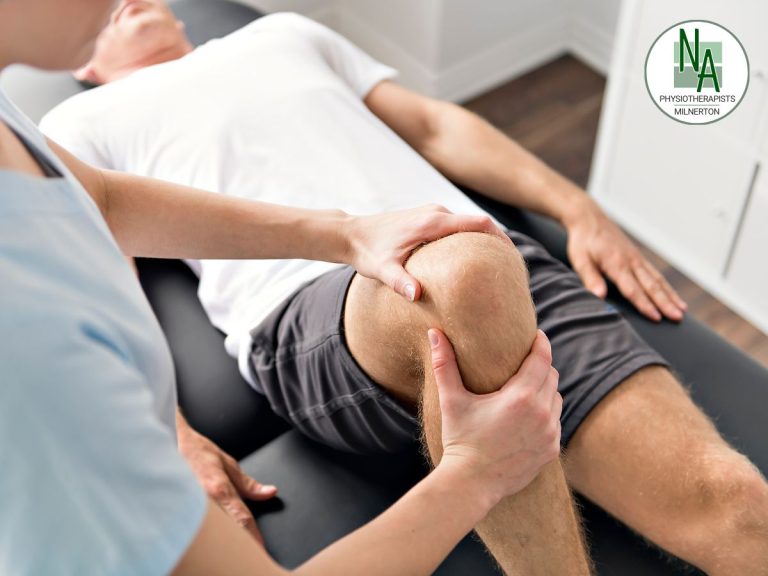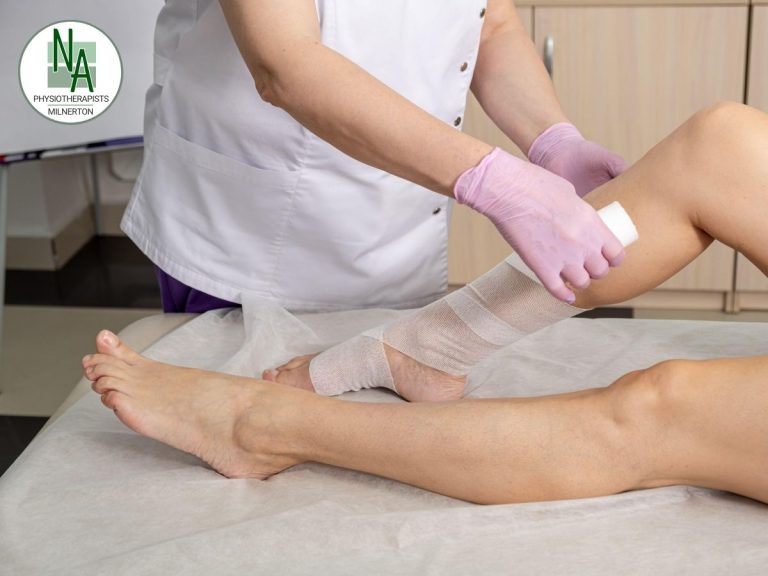A common variety: Piriformis syndrome
Piriformis syndrome is a painful condition that develops due to irritation or compression of the sciatic nerve near the Piriformis muscle, which is located between the sacrum and the hip below the buttock muscles. The Sciatic nerve lies in close proximity to this muscle as it exits the pelvis and descends down the back of the leg.
The symptoms of piriformis syndrome may mimic those of conventional sciatica caused by a herniated disc in the lower back. These include: pain radiating from the lower back or buttock down the back of the leg and into the thigh, calf, and foot. People can also experience the following: difficulty with sitting or putting weight on the buttock on the one side; muscle spasm of the buttock muscles with tenderness over the Piriformis muscle; numbness or tingling down the back of the leg.
Causes: Weak or underactive Gluteal muscles (possibly due to inactivity or activities that favour hip flexion like running activities; injury; spinal scoliosis; leg-length discrepancy; prolonged sitting (especially with a thick wallet in back pocket causing pressure directly on the muscle area); previous hip surgery or foot problems
Treatment: Medications can be helpful but stretching, physiotherapy, exercises and acupuncture/dry needling are the main treatment options. Avoid sitting for prolonged times and engaging in aggravating activities. Correction of contributing factors such as spinal or foot problems also will help. Invasive measures such as injections of a local anaesthetic, botox or a corticosteroid agent can be considered if normal conservative treatments fail. Surgery only as a very last resort.
A rare variety: Pudendal nerve neuralgia
Pudendal neuralgia aka “Cyclists Syndrome”, is a term used to describe intense pain in and around the Pudendal nerve, which is the main nerve in our pelvic area. It occurs when the Pudendal nerve becomes pinched or irritated by the surrounding muscles or connective tissues.
Symptoms vary due to 3 different threads of nerve fibres found in the nerve (sensory, motor and autonomic) and could be any of the following: pain in the genitals or perineum (sharp, stabbing, prickling or shooting sensations); burning pain in pelvic area and lower back; pain triggered by defecation; incontinence; frequent need to urinate; pain occurring after ejaculation; erectile dysfunction; referred sciatic pain or pain referred to the inside of the thigh; and even chronic constipation. The main essential symptom of Pudendal neuralgia is however pain in these areas which is predominantly experienced or worsened by sitting, relieved by standing, and is absent when lying down or when sitting on a toilet seat.
Causes: Typically seen in cyclists who bike for an extensive amount of time over the years – the prolonged sitting pressure, the continual nerve rubbing and stretching from pedal pumping, and the extremely high seat pressure on the ischial spine and perineum all combine to form ideal conditions for Pudendal Neuralgia. Other cause include – childbirth, pelvic surgery, hip surgery, fractures in pelvic area, growths, repetitive yeast or bacterial infections can sensitize the nerve, endometriosis, nearby muscle or tissues compressing the nerve, horse riding and constipation.
Treatment: Diagnosis can be difficult and it is important to see a Doctor or physiotherapist with experience and training with Pudendal Neuralgia/pelvic conditions. Avoidance of aggravating activities or modification of certain activities. Cycling with the proper setup is very important. There is a study showing that handlebar position can affect pressure on the pudendal nerve – the problem is greater with the handlebars positioned lower than the saddle. This is due to the stooped riding posture, which increases the body’s weight putting increased pressure on the pudendal area. Bicycle seat height and tilt can be adjusted to help alleviate compression. There are also bicycle seats designed to prevent pudendal nerve compression, these seats usually have a narrow channel in the middle of them.
Managing toilet habits to assist with constipation (working on your posture, position and breathing so you’re avoiding pushing and straining as much as possible). A squat position where your knees are higher than your hips leaning forwards with your elbows on your knees, straightening your spine, relaxing and letting your tummy settle onto your thighs, is recommended.
Heat and cold pads can be helpful.
A cushion or coccyx cushion can be used to reduce pressure when sitting on hard surfaces.
Physiotherapy treatment to loosen stiff muscles and spasm, improve neural mobility and reduce inflammation. In some cases pelvic floor exercises can be helpful. Specific stretches done gently, has been shown to be helpful.
Analgesics and other medications, pudendal nerve block (also used for diagnosis of the condition), and surgical nerve decompression (although studies have shown that one can have pudendal neuralgia symptoms without actually having pudendal nerve entrapment).









